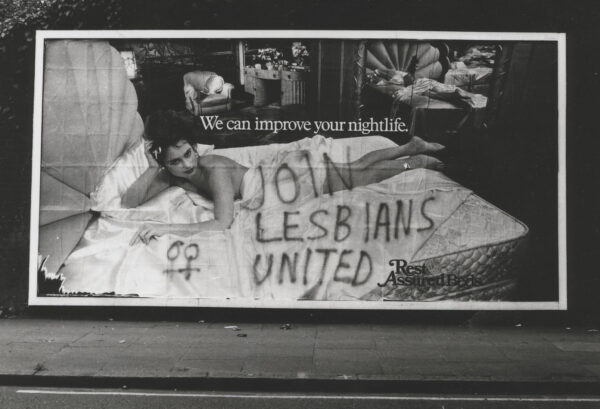This talk focuses on a group of photographers who shared a desire to make images that read as lesbian. This was how Tee Corinne described her collaborations with fellow photographer and one-time lover Honey Lee Cottrell. Making images as opposed to the more conventional idea of taking them implied that there was practical, imaginative, and ethical work to be done to create images in the absence of existing representations of lesbian subjects. Working both collaboratively and in their individual practices from the late 1960s onward, Corinne and Cottrell experimented with subjects, processes, materials, and methods that would meet the demands of their task. Confronted by, and confronting, absence, they, and their contemporaries created rich archive of lesbian-made images. This talk focuses on the network of feminist-run periodicals, workshops, darkrooms, and independent businesses, in both urban and rural centres, through which these images emerged and circulated from the 1970s onward. It explores how witnessing through photographic means functioned for these photographers as a form of worldbuilding, one that happened between a scarcity of existing representations and the excesses of desire.
Dr Laura Guy is a Lecturer in History & Theory at Glasgow School of Art where she co-ordinates postgraduate research for the School of Fine Art. She holds a PhD in Art History from the Manchester School of Art. Her research on queer and feminist visual culture has been published widely. She is editor of Phyllis Christopher’s artist book Dark Room: San Francisco Sex and Protest, 1988-2003 (Book Works, 2022) and co-editor with Glyn Davis of Queer Print in Europe (Bloomsbury Visual Arts, 2022). With Fiona Anderson, Flora Dunster and Theo Gordon she is currently co-editing a special issue of British Art Studies dedicated to Queer Art in Britain since the 1980s.
Organised by Dr Catherine Grant, Reader in Modern and Contemporary Art and Dean for Education, The Courtauld







